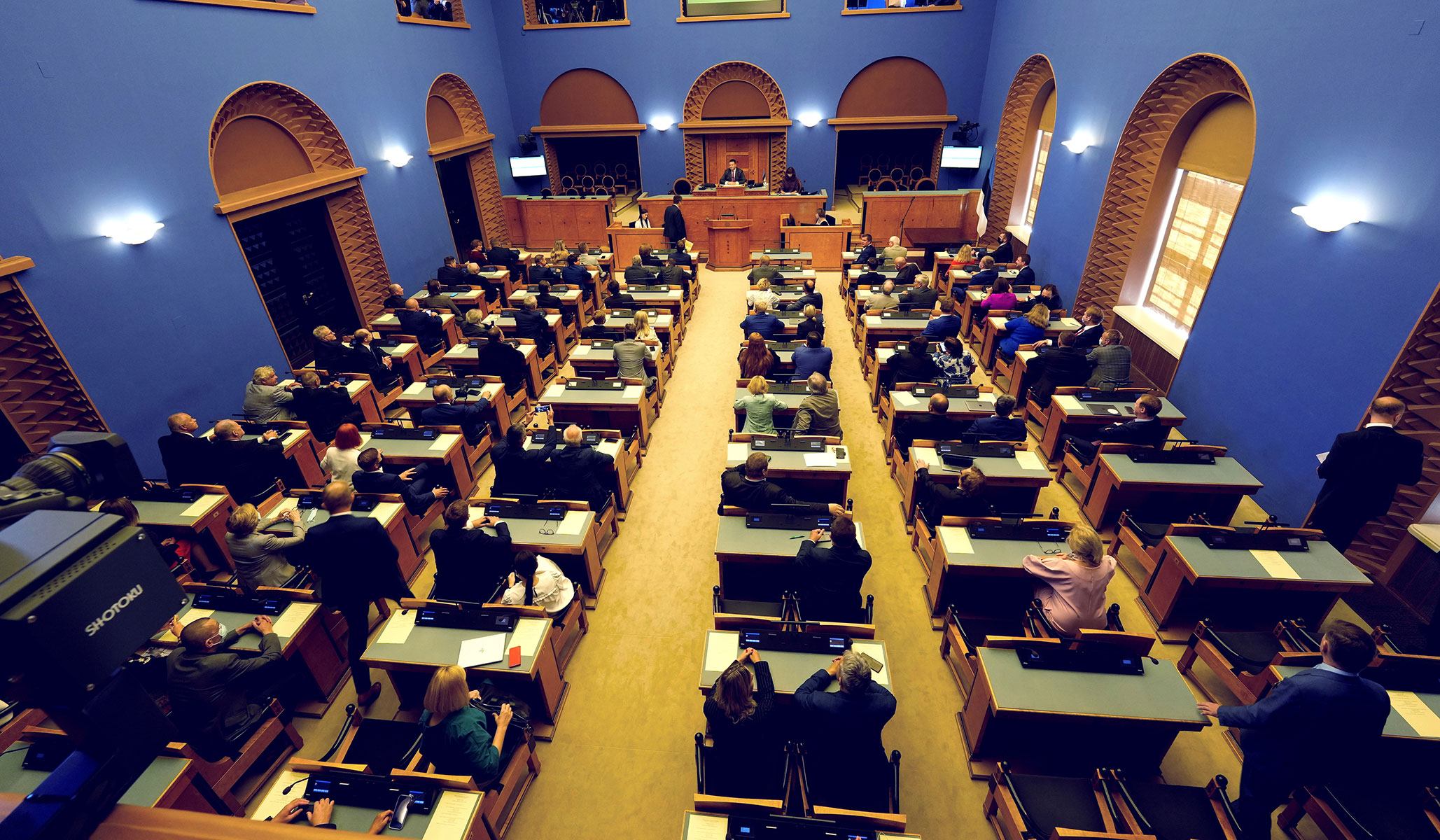


NRPLUS MEMBER ARTICLE T he problems with the U.S. tax system are well known, but is any country doing better? The small Baltic state of Estonia is regularly ranked No. 1 in the developed world for its tax system, which is both conducive to economic growth and simple to enforce. A report from the Tax Foundation lays out how the U.S. could adopt some of its ideas.
Estonia is the northernmost of the three countries (Latvia and Lithuania are the other two) along the Baltic Sea between Finland in the north and Poland in the south. Russia looms to the east, and Estonia was occupied by the Soviet Union for the duration of the Cold War. Since 1991, however, the country’s economy has taken off.
It’s one of the easiest countries in the world in which to do business, and it is home to many start-ups and unicorns (new firms with valuations over $1 billion). It ranks highly on economic-freedom indices given its low debt burden and efficient regulation. But the Tax Foundation report focuses on its tax system.
Estonia has a flat, 20 percent income tax on both individuals and corporations. The tax on corporations, however, is not levied when the income is made, as it is in the U.S., but rather when it is distributed. That means that a business pays the tax when it issues dividends or buys back shares. Recipients of dividends are not taxed on that income, to avoid double taxation. This system improves economic incentives by not punishing profits as such, and it avoids all the deductions and complications that come with calculating corporate net income in the U.S. system.
“The tax agency there is held in relatively high regard, if you can imagine that,” Tax Foundation vice president of federal policy Will McBride told National Review. “It takes about five minutes to file a tax return there, both for individuals and businesses.”
The report replicates that system for the U.S. by prescribing a 20 percent flat individual-income tax. This would entail doing away with nearly all of the current deductions, such as the mortgage-interest deduction, the SALT deduction, and the charitable-contribution deduction. Capital gains would be taxed as ordinary income.
The plan would keep the earned-income tax credit, make the child tax credit permanent and index it to inflation, increase the standard deduction to $19,500, and bring back the personal exemption at $5,000 per household member. That would help offset the elimination of the more specific and complicated deductions and reduce the tax burden on low-income households considerably.
On the business side, a 20 percent, flat, distributed-profits tax would replace the current corporate-income tax. It would treat corporations and pass-throughs the same, and it would throw out the entire process of calculating taxable income. Fringe benefits would be subject to the tax — as that is one way that businesses distribute profits — as would dividends and share repurchases. Anything taxed by the distributed-profits tax would be exempt from the individual-income tax to avoid double taxation, just as it is in Estonia.
Compliance would be much easier for businesses, as the report explains. “With the distributed profits tax, the expense and controversy of tax accounting for the corporate and pass-through business income taxes is largely gone, replaced with simple accounting related to distributed profits, which is already maintained as part of regular book accounting.” It would also be good for the economy: “The structure of the distributed profits tax, with no tax on retained earnings, provides a powerful and general incentive for entrepreneurs and businesses to grow and invest.”
The plan would also repeal the estate tax, the gift tax, the net-investment income tax, and the alternative minimum tax. All told, the Tax Foundation estimates that the plan would raise roughly the same amount of revenue over the next ten years as the current tax system, but it would add 2.3 percent to GDP, 1.3 percent to wages, and create 1.3 million jobs.
“A lot of taxpayers have come to believe that any tax change will mean a tax increase for them,” McBride said. But he said this plan would leave most people’s tax burdens unchanged or lower them.
Politically, repealing some of the most popular tax deductions, which despite making no economic sense have large constituencies supporting them, is unlikely. McBride wants to talk people out of that way of thinking. “I think the way to do that is to educate taxpayers and policy-makers on the benefits of this approach,” he said. “This is a coherent plan, it has actually been tried in another country for 22 years, and it has led to economic growth and sufficient revenue.”
Coherence is certainly one of the main things the current U.S. tax system lacks, both as a matter of law and as a matter of economics. Rather than giving the IRS billions more dollars to harass more people, many of the agency’s numerous problems would be solved by simplifying the tax code, thereby making its job easier. Though this Tax Foundation plan has no chance of becoming law, it provides an ideal towards which the U.S. should strive.
